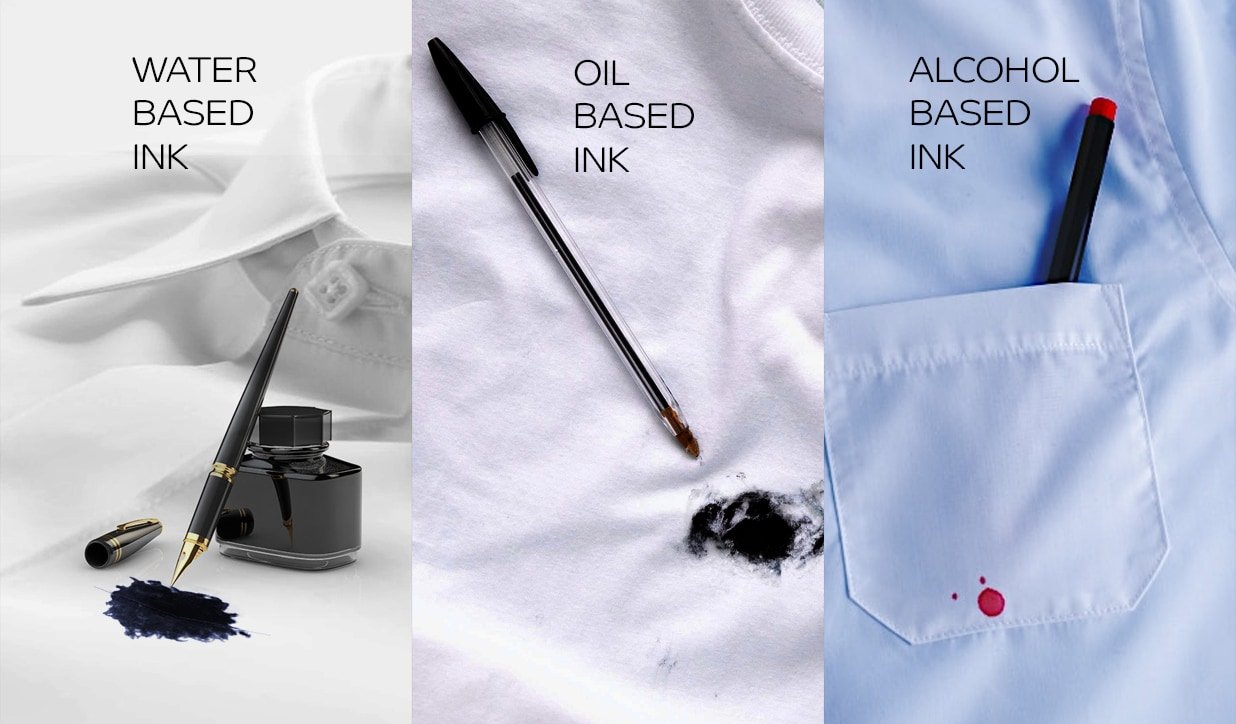
How Does the Clothes That Hippies Wear Affect the Environment: A Deep Dive
Understanding the environmental impact of hippie fashion is crucial in today’s eco-conscious society. Hippies, known for their unique and free-spirited style, have inadvertently influenced sustainable fashion trends. This article explores the connection between hippie attire and environmental conservation.

Hippie Fashion: A Historical Perspective
The roots of hippie fashion can be traced back to the 1960s counterculture movement, which emphasized peace, love, and harmony with nature. This historical context provides insight into how hippie clothing choices reflect an inherent respect for the environment.
Sustainable Materials and Practices
Hippies often chose natural fibers like cotton and hemp, which are biodegradable and have a lower environmental impact compared to synthetic materials. Their preference for organic and hand-loomed textiles supports local economies and reduces carbon footprints.
Impact on Modern Eco-Fashion
Modern eco-fashion has taken cues from hippie styles, embracing sustainable and ethical practices. The rise in demand for eco-friendly clothing has led to innovations in fabric production that are less harmful to the environment.
Tips and FAQs
When selecting eco-friendly clothing, consider the source of materials and the manufacturing process. A study by the Ellen MacArthur Foundation revealed that clothing production contributes to 8-10% of global greenhouse gas emissions. Choose brands that prioritize sustainability to reduce your environmental impact.
Conclusion
In conclusion, the clothes that hippies wear have had a significant impact on the environment by promoting sustainable fashion practices. By understanding this connection, we can make more conscious choices in our clothing selections to protect our planet.










